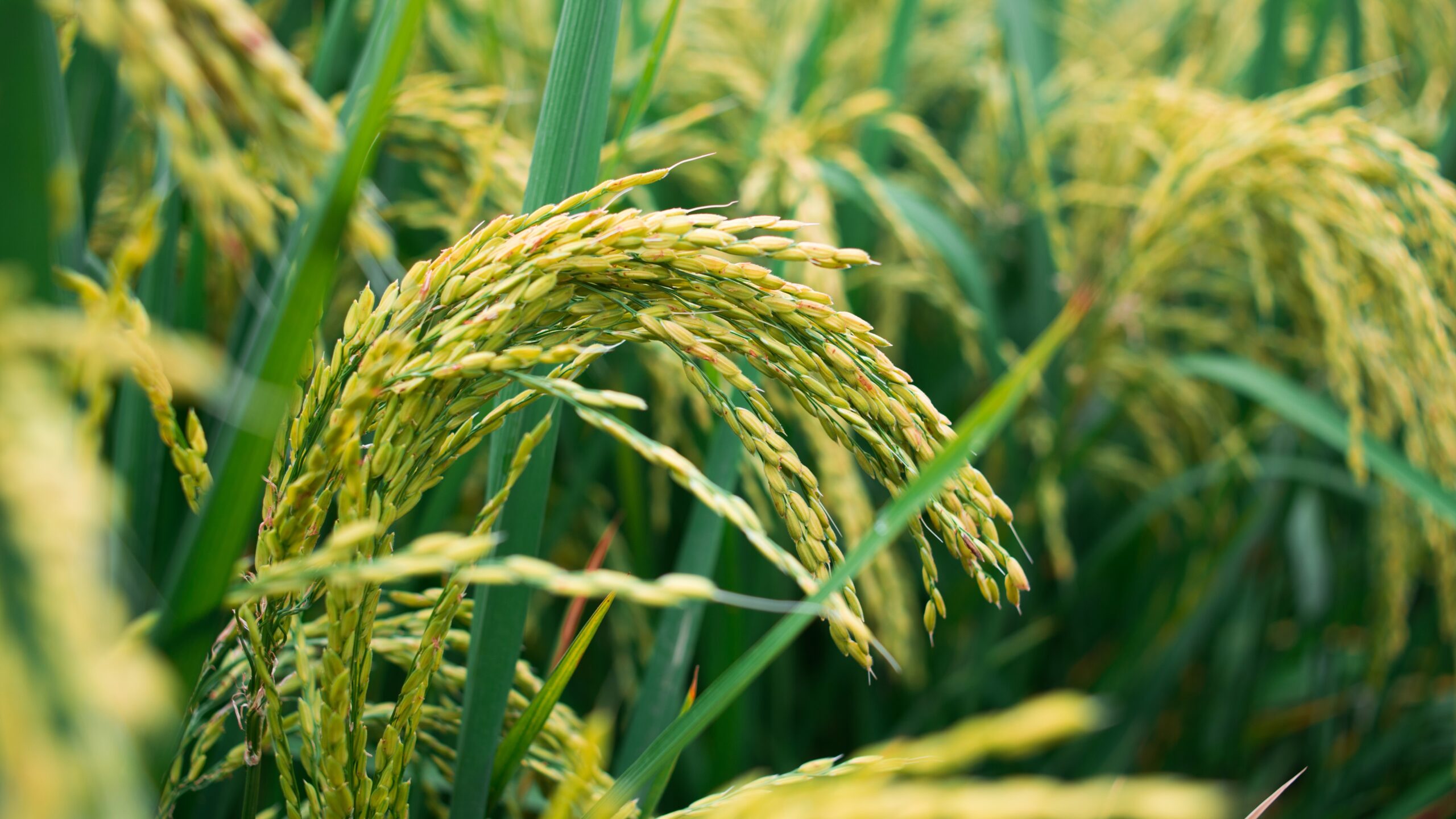Introduction
Food production is healthy, and the world’s top 100 fertiliser companies are proud to contribute 46 per cent of global agricultural need. Fertilisers are critical for food production and enhance soil nutrients to maximise crop yields. A steadily rising population means that there is less land available per person. Today, fertiliser makes it possible to feed more people with less land. Fertiliser has enabled modern agriculture, where crop yields on smaller parcels of land are high and manageable.
But the large-scale application of chemical inputs also raises the spectre of environmental sustainability. The advent of sustainable agriculture was marked by a fundamental paradigm shift in how agriculture and the environment interact. Among its aims, sustainable agriculture tries to ‘produce food and fibre while protecting the environment today, helping ensure its continued productivity tomorrow’, in the words of the leading fertiliser producers in the world.
‘The demand for fertiliser is likely to grow because by 2050 the world population will be 10 billion, and agricultural production will need to grow significantly in [certain parts] of the world if we are going to be able to feed those 10 billion people,’ said Alice Martin, a leading agricultural economist. ‘So, the need to have intelligent use of fertilisers is going to grow. We need to use our inputs in a way that doesn’t impact the environment. These are more than desirable outcomes: they are necessary for resilience going forward.’
Role of Fertilizer Companies in Promoting Sustainable Agriculture
It is the 100 largest companies in the world that specialise in fertiliser who are driving the agenda of bringing sustainability to farming. These companies are deeply engaged in fertiliser production, yes, but they are also the ones that are doing the research, setting up demonstrations and designing the programmes to help farmers become more sustainable.
Integration of Sustainability
The larger fertiliser companies are also developing environmentally friendly technologies and practices. They spend billions of dollars each year on research and development to create more efficient fertilisers that enhance crop yields while minimising environmental impacts. For instance, many are developing slow-release and controlled-release fertilisers that reduce the risk of runoff and decrease the frequency of application needed to grow and harvest a crop, reducing the risk of contamination in water bodies nearby, while also decimating the use of energy needed for fertiliser application.
Innovative Practices and Technologies
Innovations to other fertiliser production processes have supported the rise of precision agriculture technologies – such as sensor technology and data analytics – that enable growers to optimise fertiliser application rates and times, so that crops get exactly the nutrients, at the right times, and in the amounts they need and respond to.
‘By adopting precision agriculture methods, fertiliser companies are not only enhancing efficiency but are also greatly decreasing the footprint of agriculture. This is a revolution in sustainable agriculture,’ says Robert Fielding, an environmental scientist.
Case Examples
Yara International, for example, has pioneered leading digital tools to provide farmers with specific insights into the precise nutrient needs of their crops, a strategy that has been shown to minimise over-fertilisation – the most common cause of soil degradation and water pollution. The Mosaic Company has brought to market multi-nutrient fertilisers that improve nutrient-use efficiency and lower the likelihood of allowing chemicals to leach into groundwater.
The adoption and promotion of such innovative practices and technologies by the world’s top 100 fertiliser companies in particular need to be seen as a key thread in their operations strategy. It could be the key that unlocks the environmental prism of triple-bottom-line sustainability for farming, allowing the world to produce food to sustain an increasing population without running down the planet’s health.

Economic Impact of the Top 100 Fertilizer Companies
The world’s 100 largest fertiliser companies generated approximately $145 billion in global economic activity in 2014 and cover nearly 18 per cent of all the nitrogen fertiliser, 21 per cent of all potash, and 13 per cent of all phosphate applied by farmers as a result of their production. These companies are not simply nutrient suppliers. They play a critical role in facilitating food production around the world by helping farmers maximise crop yields.
Enhancing Agricultural Productivity
Fertilisers: especially industrially produced fertilisers – allow crops to capture more nutrition and, when targeted in the right dose and applied at the right time, enable high crop yields. Every aspect of a fertiliser formula relates to efficiency: PotashCorp and CF Industries are leading the market by producing fertilisers geared to address the deficiencies of local soils to enable farmers to get the most out of their lands. It’s the success of these fertilisers that has played a large role in making agricultural land look like this.
Contribution to Food Security
But by boosting agricultural productivity, the world’s top 100 fertiliser producers are also players in enhancing food security. Stable food prices and affordable food supplies are widely considered key prerequisites for food security. They are especially important to developing countries where the agriculture sector is central to the economy.
‘Fertiliser companies operate at the centre of the global food web,’ as Emily Hart, a policy analyst on food security, said. ‘Their ability to raise crop yields is also their ability to raise food availability, and to lower hunger among the world’s most vulnerable.’
Economic Growth and Development
In addition, those involved in making fertiliser become a major engine of economic growth, employing people, stimulating rural development, also driving activity in related sectors such as transport, retailing and the service sector. Increases in fertiliser use are frequently taken as a barometer of agricultural and economic development in an entire region.
Without these companies, our rising numbers would go hungry. Their profits make the difference between a starving person and a full stomach. With investments back in their operations, the benefits — agricultural productivity, food security, rural revival, local economies, sustainability, to name a few — cascade across countries and provide the foundation upon which sustainable development goals can be reached.
Spotlight on SHANDONG LOYAL CHEMICAL CO.,LTD
SHANDONG LOYAL CHEMICAL CO., LTD is one of the top 100 fertilizer companies in the world. The company offers synthetically produced high quality fertilizer product. The business minds behind have made it their mission to address and align environmental sustainability to all business activities.
Promoting Sustainable Fertilizer Production
SHANDONG LOYAL CHEMICAL CO., LTD is committed to higher environmental protection. The company has invested in modern environmental safety technology of production to reduce the emission level and waste; use the renewable energy to the greatest extent and design our production to reduce the carbon footprint and the security risk for the People and the environment.
Impact on Sustainable Agriculture
For its part, SHANDONG LOYAL’s products are indispensable for the production of more sustainable agriculture around the world. SHANDONG LOYAL presents themselves as a fertiliser brand that ‘closely cooperates with farmers worldwide in order to help them grow crops in a sustainable way.’ How exactly are their fertiliser products supposed to do that? SHANDONG LOYAL’s fertiliser products ‘provide the right nutrition to plants, thus are able to reduce farmers’ dependence on traditional chemical inputs.’ This also means their fertiliser products contain ‘concentrated nutrients which are able to be released steadily in accord with the nutrients demand of plants, thus reduc[e] environmental impact such as nutrients runoff into waterings.’
Case Studies and Success Stories
Many case studies show how these strategies work after the adoption of SHANDONG LOYAL’s customer-specific solutions, which bring about visible improvements in regions affected by severe soil degradation. In these areas, the cooperation has led to the recovery of the soil, resulting in well-balanced crop production and higher yields.
And SHANDONG LOYAL CHEMICAL CO., LTD’s commitment is a leading example for fertiliser enterprises that they can indeed have environmental integrity as a core value of the business while achieving economic success. The leadership they exemplify in the sector shows how innovation can capture greater environmental sustainability in agriculture.

Challenges and Opportunities
The good news is that many of the largest and most progressive fertiliser companies in the world, when ranking by sales, are at the forefront of advancing sustainable practices.They nonetheless face some very significant barriers to progress that also represent further unique opportunities for industry growth and innovation.
Challenges in Adopting Sustainable Practices
The major difficulty is that switching to sustainable production methods can be expensive. New technologies and processes often require initial investments. And converting from traditional farming methods to low- or no-carbon production requires widespread extension, education and, sometimes, convincing skeptical farmers that the low-yielding fertilisers are worth their time due to the long-term benefits.
Regulatory challenges are another sore point. Fertiliser businesses have to navigate a changing regulatory landscape, in which standard codes of best practice are hard to implement uniformly across countries. ‘Regulatory frameworks are a key driver of industry practices,’ says Marco Jennings, a lecturer in environmental policy at the University of Cambridge. ‘However, if they are too restrictive they can also prevent rapid uptake of innovation.’
Opportunities for Innovation and Growth
Yet there are still major opportunities for innovation and engagement. Global recognition of environmental sustainability poses new business opportunities based on accessible green markets for firms that promote sustainable fertilisers. Increased investments in technological innovation will continue to diversify systems and practices and to improve the benefits and performance of fertilisers. Innovations particularly on the use of biodegradable inputs and precision agriculture can greatly improve fertilisers’ efficiency and environmental footprint.
Many more of these relationships should be pursued with fertiliser companies and research institutes both striving to innovate through new product development to meet the latest, most environmentally sustainable and farming needs. In developing regions, where agronomic sustainability is only just beginning, there’s an opportunity to become the market leader.
The rapid evolution of the fertiliser landscape is driven by sustainability. The challenges facing the world’s top 100 fertiliser companies are many, but they also hold the potential to move the sector to a frontier that can ensure its continued role as an essential agent for sustainable agricultural practices on Earth.
Conclusion
In the last couple of years, the top 100 fertiliser companies in the world became a vital part of the future of sustainable global agriculture. But it’s not only about providing plants with a base of nutrients. Working hand-in-hand with growers, input companies develop the most important sustainable agricultural practices – the only ones that can reconcile very high production with the preservation of the natural environment.
These firms are critical to the increased productivity of agriculture and in providing food security and economic development. But perhaps their most important service is their potential to integrate sustainability into their business models, maintaining farming landscapes for the future and supporting international conservation goals.
However, as the future unfolds, the global top 100 fertilizer enterprises will still play a significant role in promoting clean growth. Addressing the challenges and embracing the opportunities in sustainable agriculture will be a top priority for these companies and their investors. With adequate innovation and responsible cultivation, agriculture can remain a perennial source of life and livelihoods.
Here are some helpful links:
- Web Soil Survey – Offers comprehensive data on soil types and their suitability for agricultural practices, which could be useful in understanding the impact of fertilizers on different soil types.
- GSA Per Diem Rates – While primarily focused on travel policies, the General Services Administration (GSA) site can sometimes link to agricultural conferences or meetings which might discuss topics like fertilizer usage and sustainable practices.
- IRS Small Organization Filings – For information on how smaller fertilizer companies might manage their filings and contributions, the IRS offers guidance on filing requirements and procedures.







